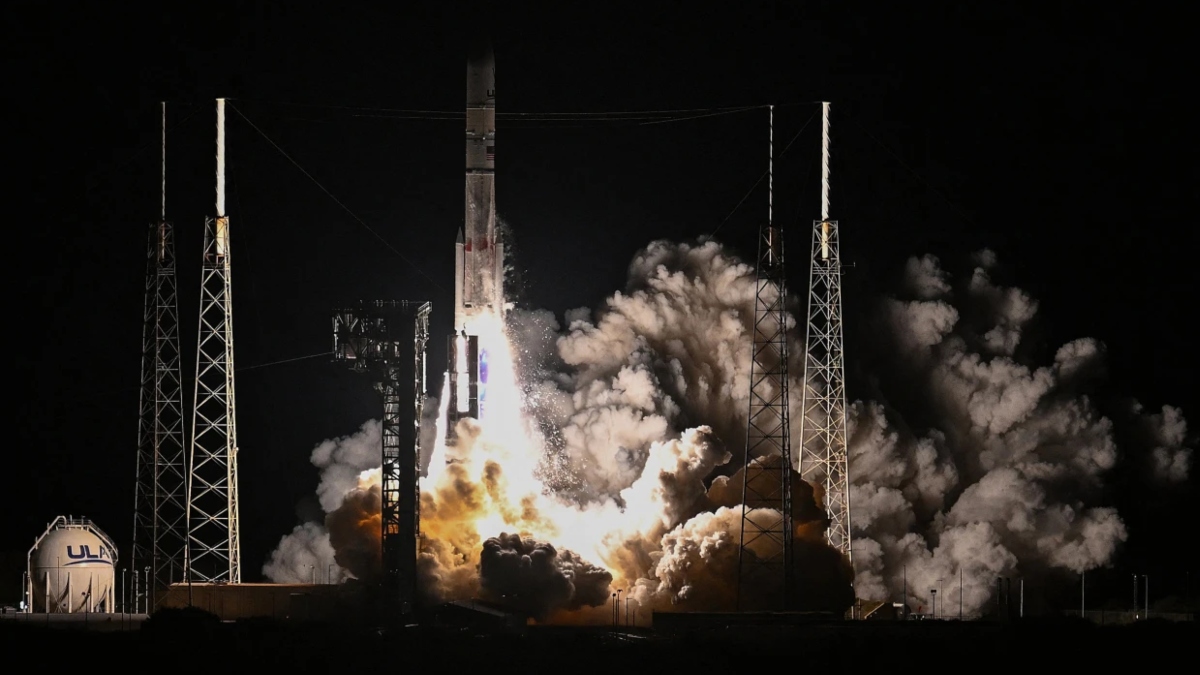The first American lunar lander in over five decades embarked on its journey to the Moon early Monday. This marks a significant moment as private industry spearheads this ambitious space mission.
The United Launch Alliance’s Vulcan Centaur rocket, making its debut flight, launched from Cape Canaveral Space Force Station in Florida at 2:18 a.m. The rocket carried Astrobotic’s Peregrine Lunar Lander, a pivotal step in America’s lunar exploration.
Eric Monda, ULA’s strategic planning director, commended the launch’s precision, describing it as “spot on.” This sentiment was echoed in ULA’s post-launch communication on X, formerly known as Twitter.
Peregrine aims to land in the Sinus Viscositatis, or Bay of Stickiness, on the Moon by February 23. John Thornton, CEO of Astrobotic, expressed the honor of leading America back to the lunar surface for the first time since the Apollo missions.
This mission is part of the U.S. strategy to engage commercial partners in lunar exploration, notably through NASA’s Commercial Lunar Payload Services (CLPS) program. The program aims to achieve cost-effective and rapid lunar missions.
NASA has invested over $100 million in Astrobotic for this mission. Another company, Intuitive Machines, is also preparing for a lunar landing near the Moon’s south pole in February.
The mission faces challenges, notably the complex task of achieving a controlled lunar touchdown without an atmosphere for parachute deployment. The mission’s success is crucial as past attempts by other nations and private entities have met with mixed results.
Peregrine carries scientific instruments to study lunar radiation and surface composition, aiding future astronaut missions. However, its cargo also includes unconventional items like a miniature rover, a physical Bitcoin, and cremated remains and DNA of notable individuals, including Gene Roddenberry and Arthur C. Clarke. This aspect has drawn criticism, particularly from the Navajo Nation, who see the lunar surface as sacred.
Additionally, the Vulcan rocket’s upper stage will transport more late Star Trek cast members and hair samples of former U.S. Presidents into solar orbit after deploying the lander.






